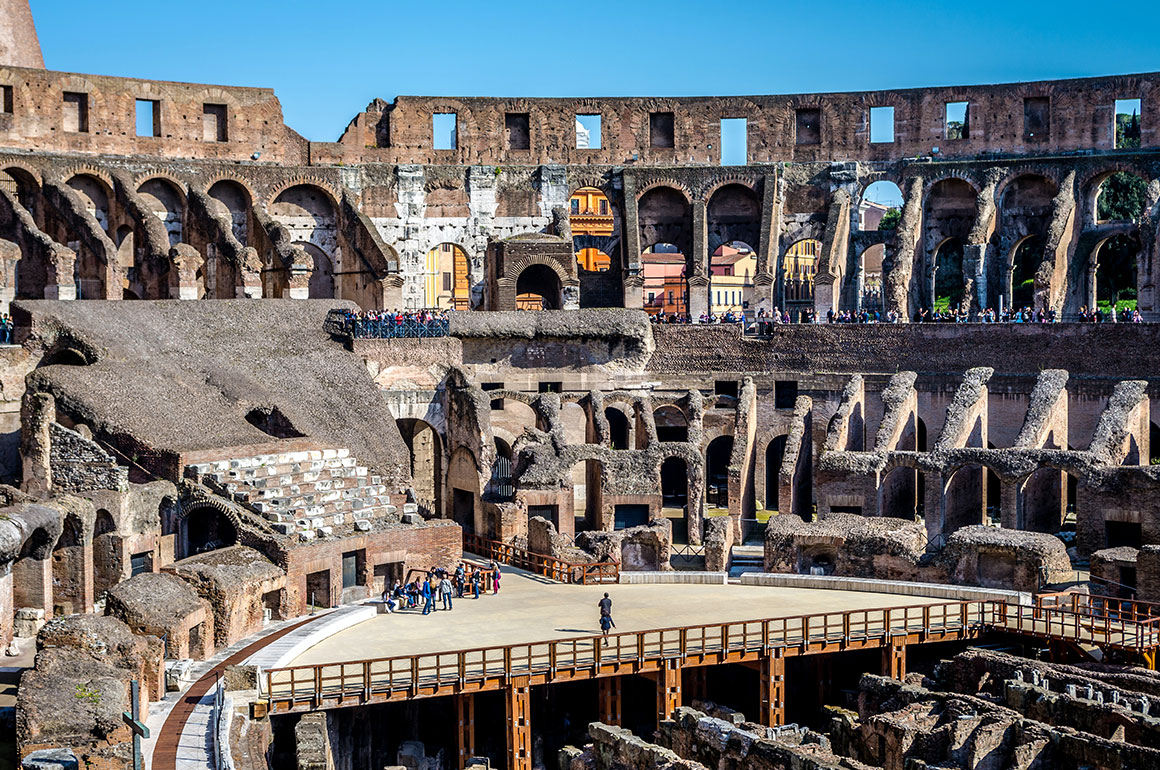In Heritage Classes, The Spanish You Grew Up With Is Welcome
On a recent Sunday afternoon, I joined a lawyer, a nail technician, and a health care educator dedicating two hours of the weekend to learning a language that is not foreign to us. But it wasn’t a class for school credit. It was a six-week intermediate course for Spanish heritage speakers hosted online by Mil Mundos, a New York City’s Bushwick neighborhood bookstore.
The nail technician, Natalia Urbina, said while introducing herself to me and the other students that Spanish can be difficult for her to take out of her mouth, or “sacar lo de la Boca.” “Poco a poco te lo sacamos,” replied our instructor, Kairy Herrera-Espinoza. Little by little, we take it out.
Urbina explained more of what she meant in a phone call after class. “If I was in a situation where I needed to speak Spanish, and it was an emergency, and I needed to talk about something important, I could do it,” she said. “But I don’t have it in my everyday life. “As a child of Nicaraguan immigrants who came to the U.S., she said she’s always been surrounded by the language at home, in addition to taking four years of high school Spanish.

When speaking with people in her neighborhood who are immigrants, Urbina feels embarrassed that she doesn’t speak Spanish as they do, so she sometimes ends up speaking in English, “which is annoying in itself.”
“You know what it’s supposed to sound like, and it’s like, mine doesn’t sound like that,” Urbina said. “You see how fluid Spanish is, and you feel so choppy.”
I can relate. When my Salvadoran mother talks to me in Spanish, I instinctively answer in English. Spanish stopped being my dominant language once I started attending school, and I am still self-conscious about my stumbling, limited vocabulary. I could only do interviews for this article about Spanish in English. Many Spanish heritage speakers like myself and Urbina are what researchers call “receptive bilinguals,” meaning we can understand more of a language than we can speak of it.
Heritage Spanish programs recognize that Spanish is a U.S. language.
Stanford education professor Guadalupe Valdés has a widely known definition of heritage speakers: “individuals raised in homes where a language other than English is spoken and who are to some degree bilingual in English and the heritage language.”
Spanish heritage programs in the U.S. began in the 1970s as grassroots efforts and have boomed in the last two decades. One 2012 nationwide survey led by language development researcher Sara Beaudrie found 163 Spanish heritage programs in postsecondary institutions across 26 states and Washington, D.C., a number that was 22% higher than what a nationwide 2002 survey had found.
“The goal is just to talk, to move past that discomfort, to find yourself in a safe space to let stuff come up.”
– jo Valdés
Spanish heritage programs differ from the “travel Spanish” classes that students in the United States typically encounter in learning foreign languages. For one, they acknowledge that Spanish is a U.S. language, as the University of New Mexico makes a point to do in its heritage program.
“In [Spanish as a second language] textbooks … they’ll highlight everything but the U.S. That shows students that the Spanish you learn in an L2 program doesn’t belong here,” said Damián Wilsonf, UNM’s Spanish as a Heritage Language program coordinator. “For us, it’s very much highlighted that it is a U.S. language. It means that, yes, we might speak a little bit of so-called Spanglish. We might say troca [for truck] or “breca” instead of “freno,” both meaning brakes.
In other words, a Spanish heritage course goes beyond pushing students to master the present-perfect tense for a study abroad trip; it affirms the evolving speech and debates that U.S.-based Spanish-speaking communities, not foreign language textbooks, actually talk about daily.




